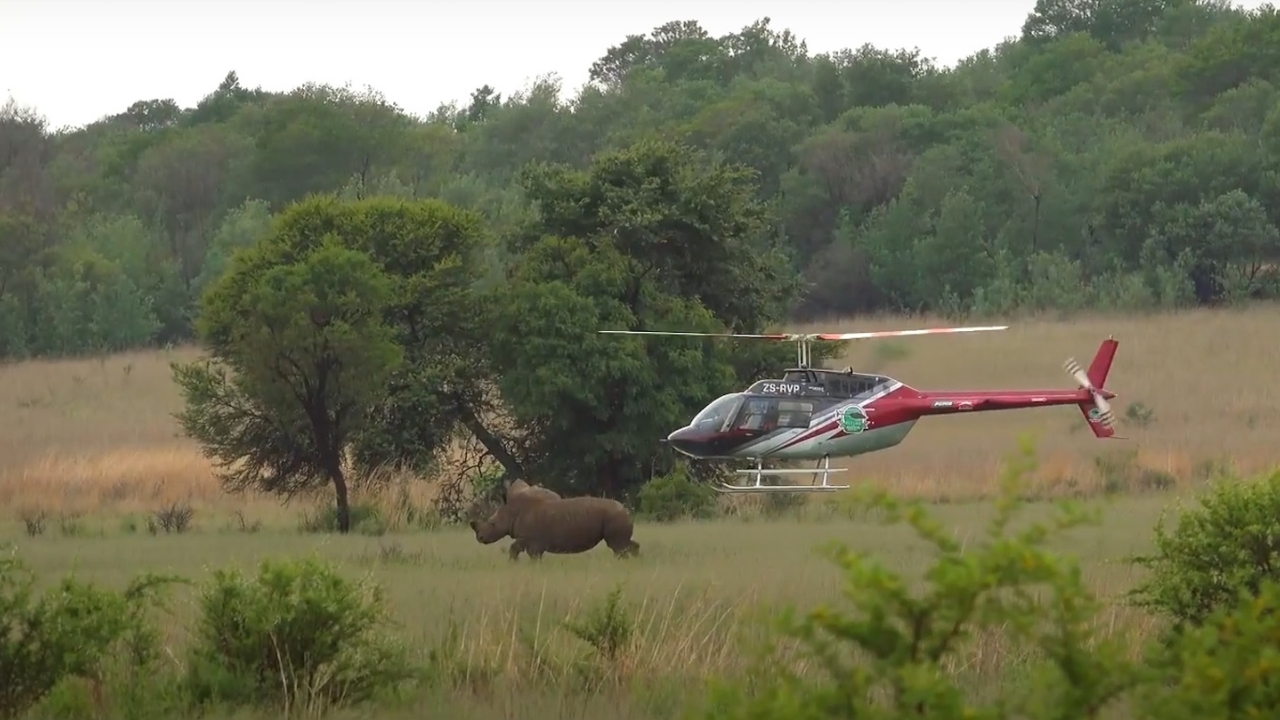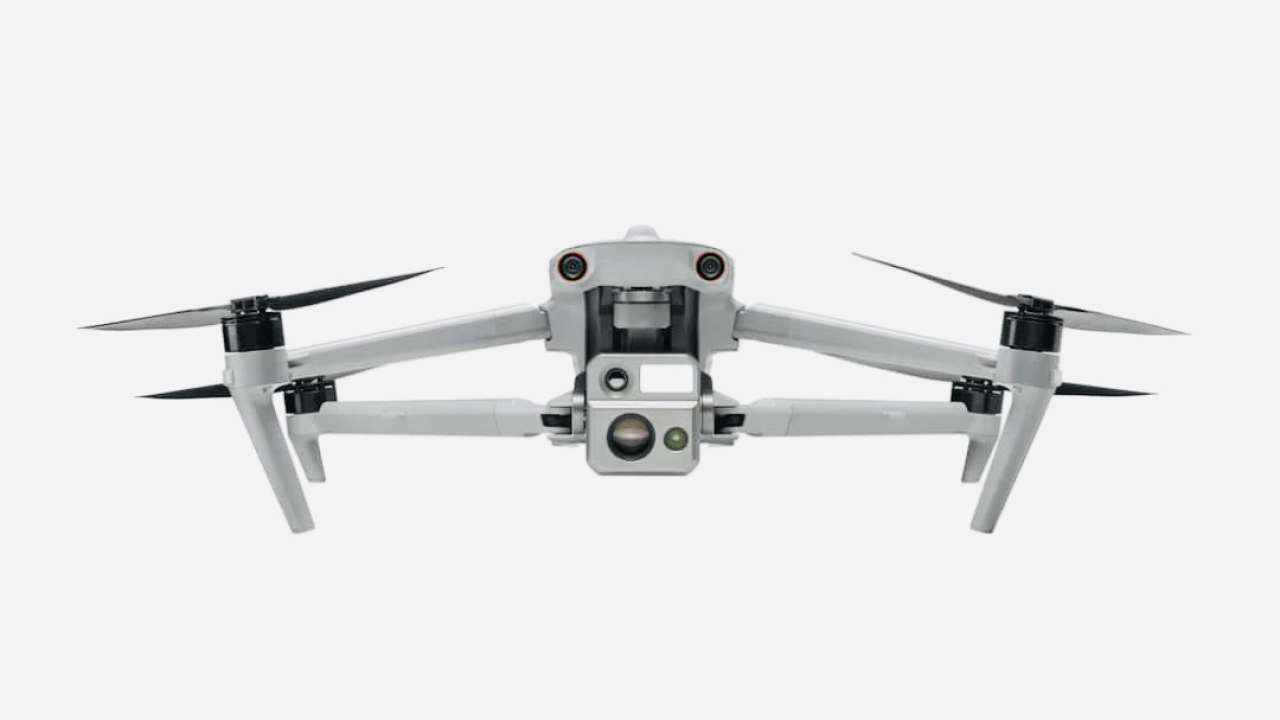Wildlife Ranger
Helicopters are being used to fight both poaching and car hijacking in South Africa.

In big demand: Tokkie Botes and his JetRanger. Picture: FFFSA.
Tokkie Botes is passionate about both his Bell JetRanger and rhino conservation.
As the founder and driving force behind non-profit organisation, Flying For Freedom SA (FFFSA), Botes has donated more than 1,000 hours of flying in his Bell 206 to the service of conservation in southern Africa.
He and his crew use the aircraft as a very effective tool in the ongoing war against the ravages of rhino poaching.
There is an insatiable demand for rhino horn as its value – $70,000 per kilogram – is greater than for cocaine.
Botes makes his helicopter available at a moment’s notice to assist ground forces in capturing poachers, who have been known to turn their rifles on approaching aircraft.
Flying For Freedom also assists by ferrying veterinarians to snared animals; conducting aerial surveys of vultures; and defending the habitat of the nocturnal riverine rabbit, the most endangered mammal in South Africa.
It is not a glamorous wildlife job, especially as they frequently have to collect forensic evidence from carcasses. Botes said: “We find rhino carcasses from the air and then land and start work. It’s a tough job, especially when animals are in an advanced stage of decay; the insects and the smell can be extremely unpleasant. But somebody has to do it and, hopefully, arrests will follow.”
Such is the demand for his services that Botes patrols almost daily looking for signs of poachers, delivering vets to wounded animals, and sometimes fling orphaned rhinos calves to safety.
He and his wife, Marina, manage to pay a large part of the huge operating costs of his service to conservation with the support of Skuurpoort Verspreiders, the fuel distribution company they own.
Botes believes his Bell JetRanger206 it ideally suited to the demanding flying of conservation work. He particularly recommends the Van Horn tail rotor blades he fitted. He said: “They make the helicopter much more manoeuvrable, so it feels like an old car that got power steering,”
Botes is approved by the South African Parks Board to fly his helicopter throughout Kruger National Park to assist anti-poaching operations. He has been awarded the SANParks Kudu Award as the pilot and founder of FFFSA for his commitment to anti-poaching and environmental crime investigations in the park.
Meanwhile, George Tonking flies a Robinson R44 for a security company in a specialist role hunting for hijacked cars from the air.
Like Botes, Tonking must be on standby to be airborne in a moment’s notice when the tracking device in a stolen car is activated.
“Contrary to Hollywood chopper chases, it is practically impossible to apprehend vehicles from the air, considering the risk of overhead lines, buildings, and other such obstacles,” he revealed, adding: “This is where teamwork comes in. A ground team nearly always apprehends the suspects; our job is to spot the target and to follow any possible runners.”
It’s demanding flying in the high-density altitude of the South African highveld, often with a burly policeman or two in the passenger seats.
The piston helicopter’s performance limitations must always be kept in mind, as must fuel endurance. But, despite these considerations, both the piston-engine powered R44 and the turbine R66 have been remarkably effective in crime-fighting.
Private security companies have embraced the Robinson helicopters for their low operating costs and reliability. Their success led the South African Police Service (SAPS) to relax their twin turbine engine requirement and purchase six R44 helicopters through National Airways, based at Lanseria Airport, outside Johannesburg.
Each SAPS R44 helicopter is fitted with a forward-looking infrared (FLIR) Ultra 8000 thermal imaging system, a 15-20 million candlepower Spectrolab SX5 searchlight, moving map technology, and other essential law enforcement equipment.
The R44s provide police commanders with better situational awareness and, with the FLIR Ultra 8000 systems, the SAPS can expand their dusk-to-dawn operations and observe situations otherwise not visible at night. Moving map technology improves police response times by enabling flight crews to direct ground units to locations using the fastest routes.
A standard part of the SAPS pilot’s training includes 100 hours in a Robinson R44, making the pilots familiar with the helicopter’s flight characteristics and operations. Their experience allows the SAPS to bring the new helicopters online quickly.
Stay up to date
Subscribe to the free Times Aerospace newsletter and receive the latest content every week. We'll never share your email address.


